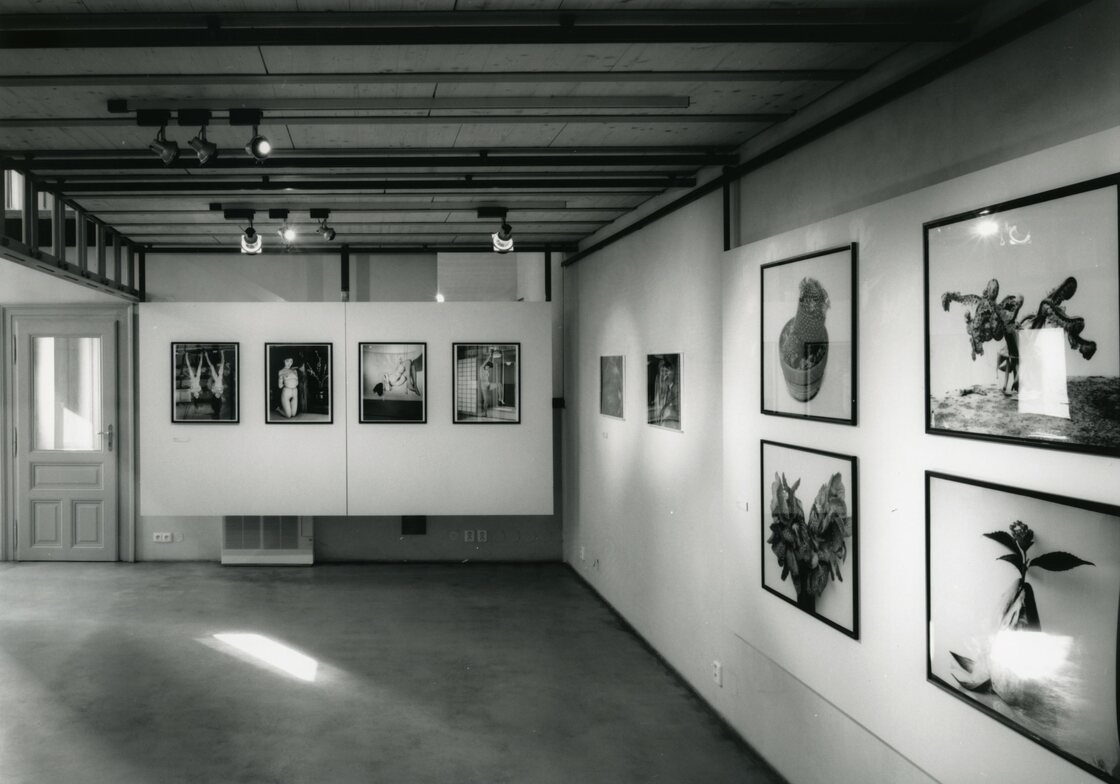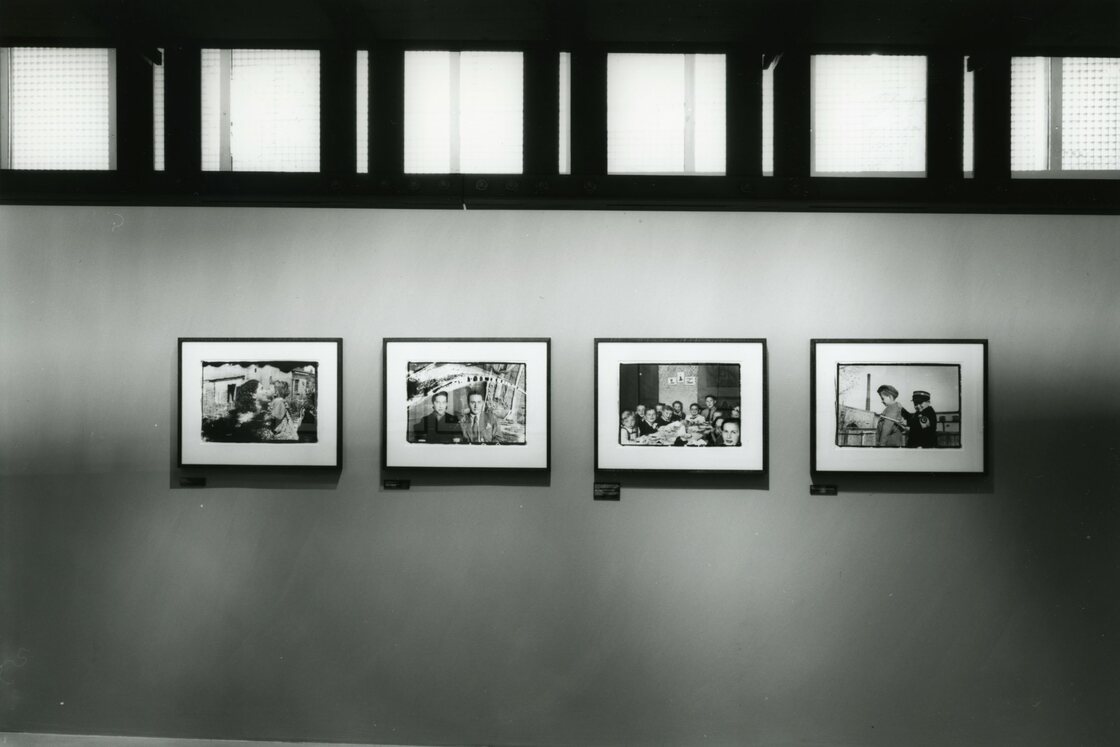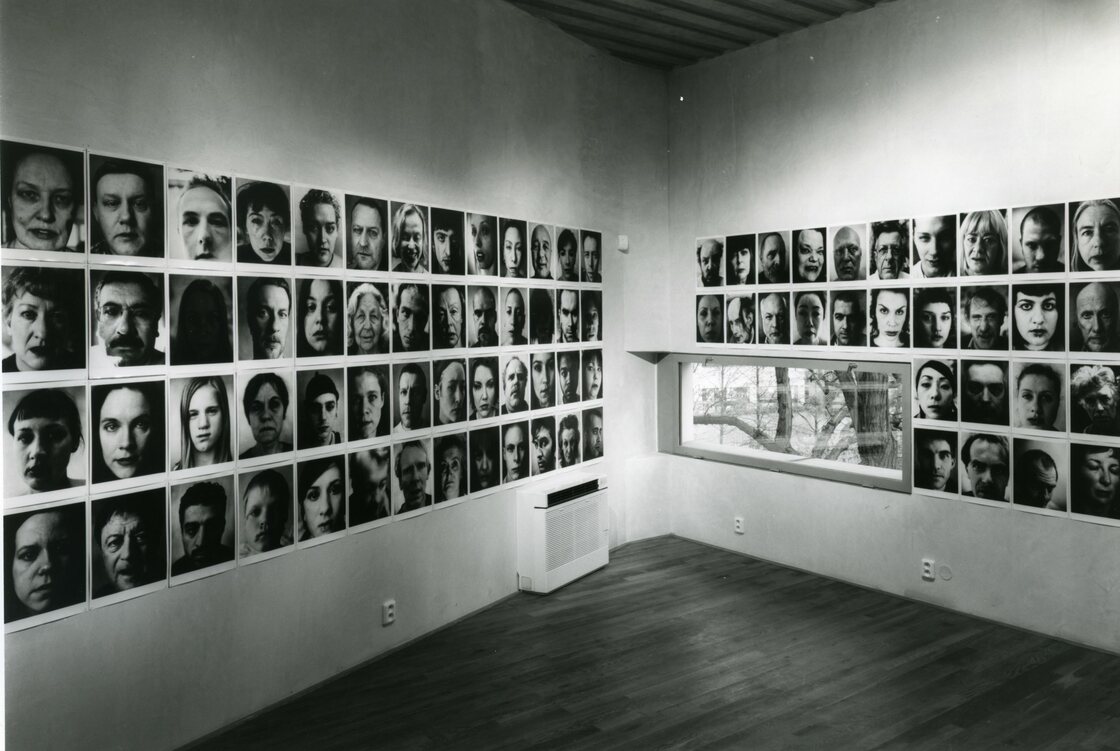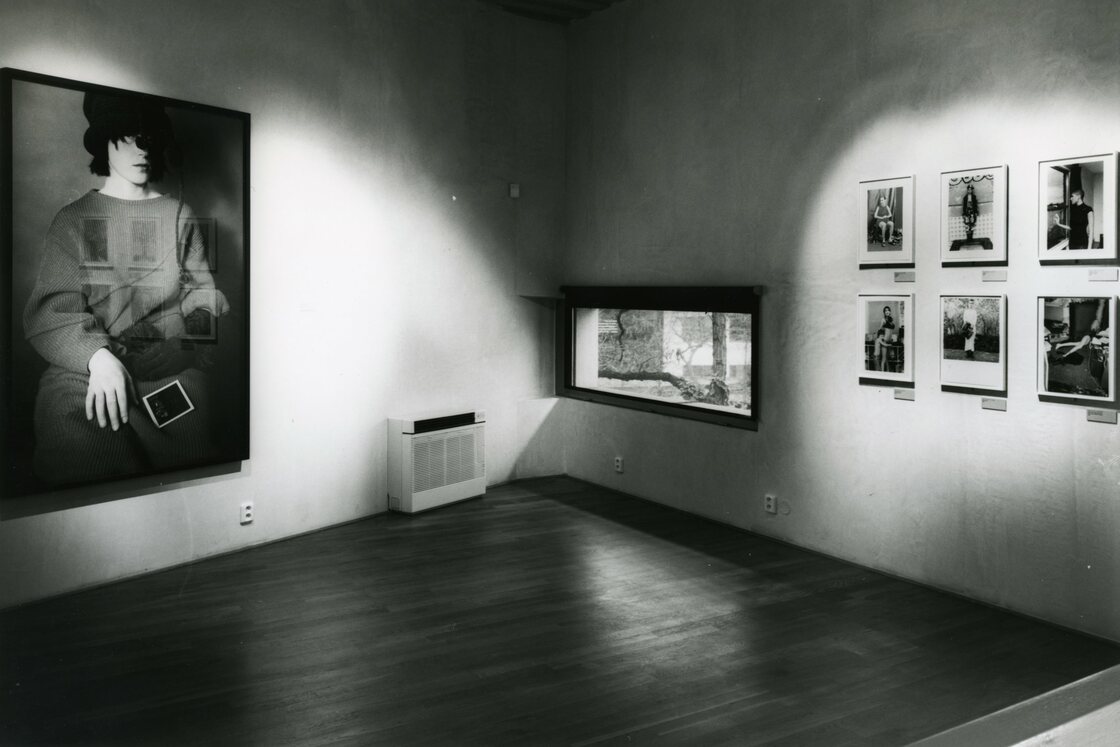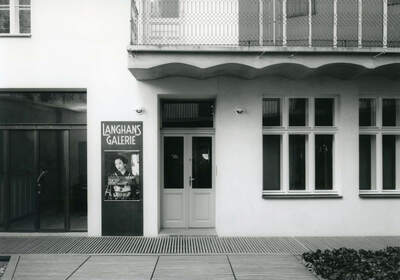
Langhans Gallery, established in 2003 as part of the revitalization of the Langhans House, showcased not only contemporary global photography but also the historical legacy of one of the most significant photographic studios in Bohemia. Its exhibitions and spaces for engaging both professional and public audiences left a profound mark on the Czech cultural scene.
The Rebirth of Langhans' Legacy
Langhans Gallery, opened in 2003, marked a new chapter in the illustrious history of the renowned Langhans Studio. Following the discovery of thousands of glass negatives in 1998—preserved despite the destructive interventions of the communist regime—Zuzana Meisnerová, the great-granddaughter of the studio's founder, chose to revive not only the building in Prague's Vodičkova Street but also the photographic heritage of the Langhans family. Rather than focusing on commercial use, part of the building was transformed into a non-commercial gallery dedicated to contemporary photography, creating a unique space that bridges historical legacy with modern art.
Inaugural Exhibitions: Bridging Past and Present
Langhans Gallery launched its program with the exhibition Faces of the Times: Tribute to the Brave, celebrating prominent political prisoners of the 1950s. A group of six Czech photographers, including Václav Jirásek and Ivan Pinkava, captured contemporary portraits of these figures. The exhibition had a profound moral and social impact, laying the foundation for the gallery's direction, which emphasized the integration of historical heritage with contemporary themes.
The Many Facets of Portraiture
Among the gallery’s notable exhibitions was Aura (2003), featuring iconic portraits of global personalities such as Marlene Dietrich, Marcel Duchamp, and Frida Kahlo. These photographs were part of the prestigious Swiss collection Fotostiftung Schweiz. Another standout was Anders Petersen: Faces of Life (2004), which introduced Czech audiences to raw, yet authentic, portraits of people on society’s fringes, offering a new perspective on documentary photography.
International Connections and Contemporary Themes
In 2005, the gallery presented Nazar: Photography from the Arab World, curated by Wim Melis from the Noorderlicht International Photo Festival. This exhibition sparked discussions about the role of photography in Arab culture and addressed themes such as the status of women in these societies.
A major success was Tokyo Flowers (2009) by Japanese photographer Nobuyoshi Araki, whose provocative images of bondage and flowers attracted record-breaking attendance.
Langhans as a Hub for Engagement and Dialogue
Langhans Gallery quickly gained recognition as a center for contemporary photography and a venue for artists and the public to connect. The gallery’s café and reading room attracted visitors eager to discuss art, creating a vibrant platform for exchanging ideas and perspectives on modern photographic trends.
With respect for its past and a clear focus on current photography, Langhans Gallery successfully carried forward the innovative spirit of the original studio, merging tradition with contemporary artistic exploration.
